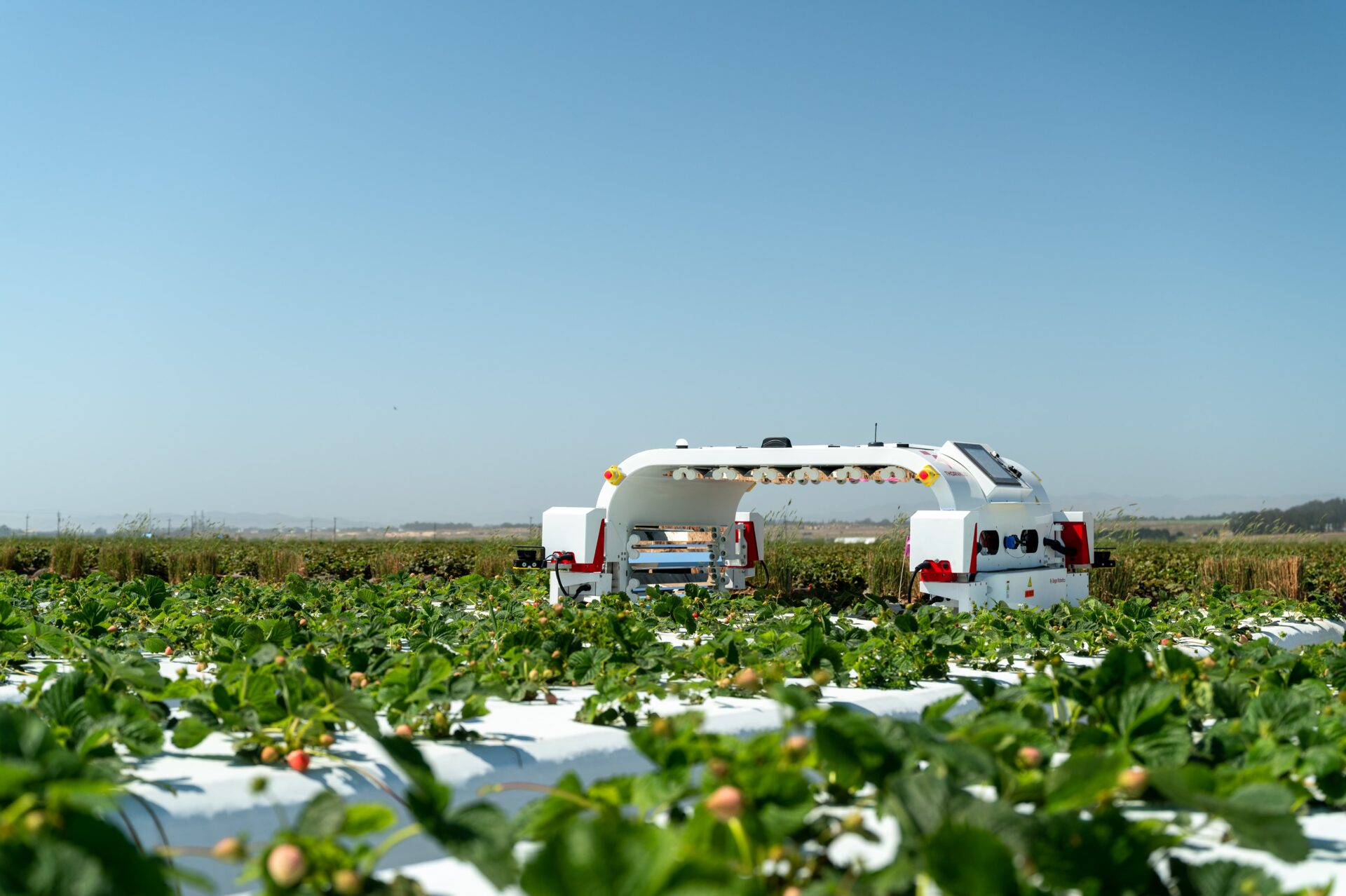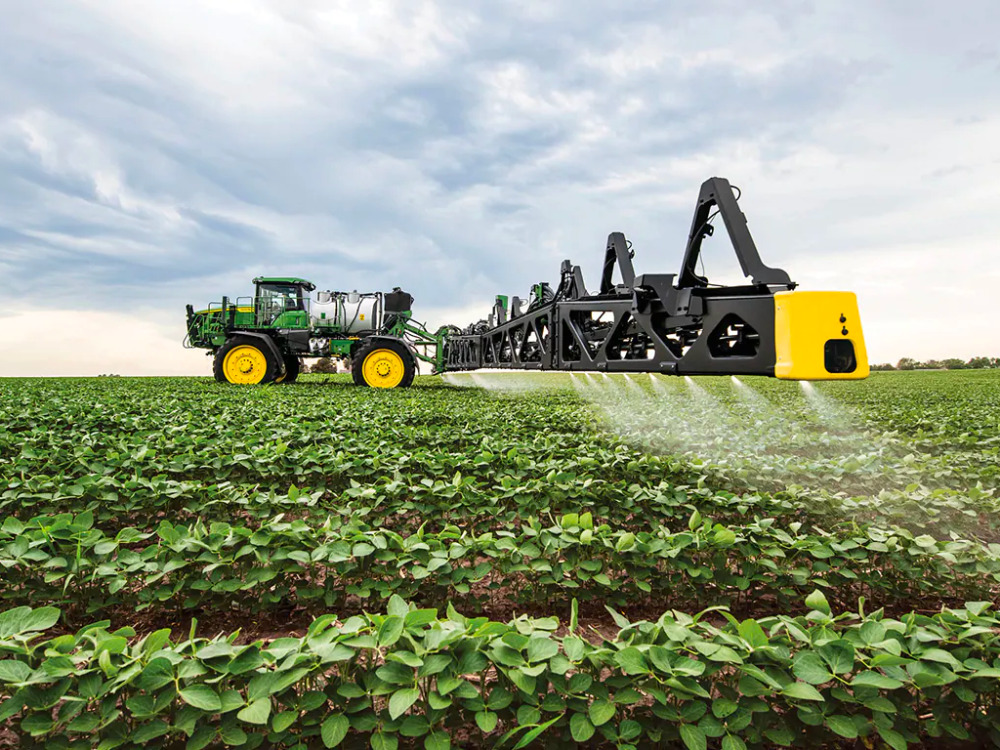Collaboration is one of those words used so often in the ag biologicals space it’s in danger of becoming meaningless. While few would argue the point that more stakeholders must work together to advance the space, we so far have only a handful of concrete examples of what that might look like.
A new report from Cambridge Consultants and Agri-TechE lays out a blueprint for what that collaboration might look like in more granular detail, specifically when it comes to biologicals and precision agriculture.
“So many conferences and so many reports sum things up with “collaboration is the key,” says Niall Mottram, who authored the report. “What’s below that?”
Mottram sought to answer that question by interviewing individuals from BASF, Bayer Crop Science and other agrochemical leaders along with equipment manufacturers such as John Deere and Garford UK.
The report, “Precision spraying and biologicals – driving collaboration,” comes at a time when the EU just hit pause on its anti-pesticide proposal in response to widespread farmer protests, while in North America, the Environmental Protection Agency is trying (and struggling) to halt the use of the herbicide Dicamba.
“Regulation is becoming ever tighter on synthetic chemicals, but until you have something that is commercially viable as an alternative, the grower is forever going to be in a bind,” Mottram tells AgFunderNews. “Biologicals are sustainable, but I don’t think they’re cost effective.”
The ‘economically unfeasible’ reality of biologicals
Mottram’s research lays out a number of challenges in the biologicals space. Where cost is concerned, this includes not just the price of the product but also the costs associated with using any given solution.
For example, biological products usually require multiple applications, which translates to more passes across the field.
“If you need to do five applications, that’s five times labor cost, five times the time to get the same results as going once with chemicals,” he says.
“Instead of being able to go through my field once with [for example] glyphosate, I have to get the same non-selective response by applying five selective biologicals because none of these biologicals can be mixed together,” he continues. “I have to clean out the tank on my tractor five times, so it’s five times the cost of diesel, five times the labor. And then I’ve got to find five spring windows that fit with regulation: when the wind blows and what time of day and so on. It just becomes economically unfeasible.”
He says what was most surprising around this topic was the reaction from interviewees when they learned about this.
“That really wasn’t realized as widely as we thought, that understanding of what has to happen once you’re inside the farm gate. It was quite eye opening for a lot of the interviewees.”

The opportunity for equipment manufacturers
Incorporating the application of biologicals with existing precision ag solutions “could help reduce the cost needed by the grower to implement these new products, and in turn help with increasing the efficacy which is a key barrier to uptake,” according to the report.
As one example, the research highlights opportunities between biologicals and autonomous equipment manufacturers. Saga Robotics has built a robot to control powdery mildew in specialty crops through UV-C treatment. The company discovered that its vehicle could also simplify the process of applying predatory mites, a biological solution typically done manually and, according to Mottram, “not all that precisely.”
With an autonomous machine, “You have something that is very slow and methodical and automated that can do the application of those mites in a much more effective way than a human,” thereby improving the efficacy of the treatment.
“As autonomous equipment becomes more common and electrification increases, the concerns around time, labor and fuel emissions disappear, improving the business case for adoption of some biological treatments,” notes the report.

Innovation has outpaced regulation
Of course all this depends heavily on the regulatory landscape. Interviewees for the report felt that “innovation in both the formulation, active ingredients and precision application equipment has outpaced regulation, which is increasingly outdated.”
“Being able to do spot application is going to be mainstream in the next few years,” says Mottram. “That could really help because if you’re only spraying [biologicals] selectively, cost-per-acre comes down.”
In theory, at least. However, Mottram also notes that, in Europe particularly, regulation is on “concentration in a spot area rather than the whole acreage.”
“You have examples of a spot sprayer applying a biological at high concentration, but only on one plant (to kill the thing that’s on it). [This] isn’t allowed under current regulation, even though the amount of treatment applied per acre is a tenth of what we do today [with synthetics]. Until that regulation changes, you can’t get the benefit of both the biological and the spot sprayer.”
Asked whether regulators are thinking along these lines, Mottram says that while he “can’t answer definitively if they are aware, they don’t appear to be actively changing policy.”
One solution for this problem, and another opportunity for collaboration, would be for equipment manufacturers and chemical companies to come together and “lobby, in the appropriate way, the government to change regulation,” he says.
“Don’t assess the farm based on what you’re using on a spot. Assess it by a whole acre, and you suddenly unlock that technology. And again, that will just lower the cost for the grower, and that’s the thing that will drive adoption.”




